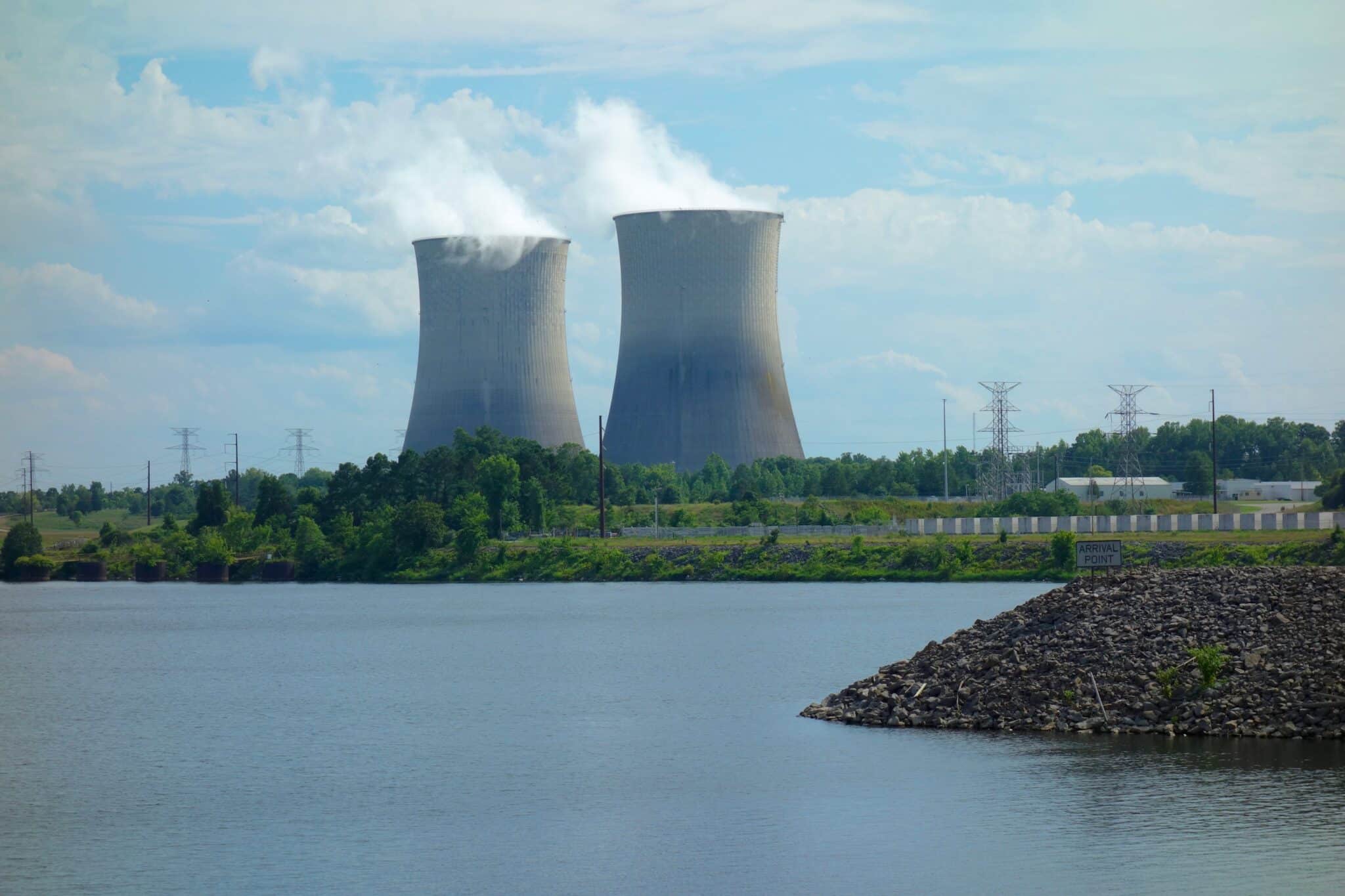On July 4, President Donald Trump signed into law the fiscal year 2025 budget reconciliation bill — the so-called “Big Beautiful Bill” — and with it came a fireworks display of handouts.
While lawmakers moved to sunset many of the energy tax credits created under the Inflation Reduction Act, they simultaneously expanded one of the costliest and least effective federal subsidies: the carbon capture and storage, or CCS, tax credit known as Section 45Q.
CCS is already one of the most heavily subsidized “climate” technologies on the books. Expanding it makes a bad problem worse. Right now, it’s nearly impossible to verify how much carbon is actually captured and stored under 45Q, whether it stays underground, and — most importantly — whether it has any impact on climate change. At the very least, taxpayers deserve to know what they’re paying for and whether they’re getting their money’s worth.
Section 45Q already offered generous subsidies to power plants and industrial facilities for capturing carbon dioxide they emit and either storing it underground or using it in industrial applications. The Biden-era Inflation Reduction Act raised the maximum payout, lowered the capture threshold, and extended the credit through 2032. That was just the warm-up!
The “Big Beautiful Bill” takes it a step further by dramatically increasing the payout for enhanced oil recovery — the process of injecting carbon dioxide into depleted oil wells to produce more oil — to $180 per ton, the same rate paid for permanent geological storage.










